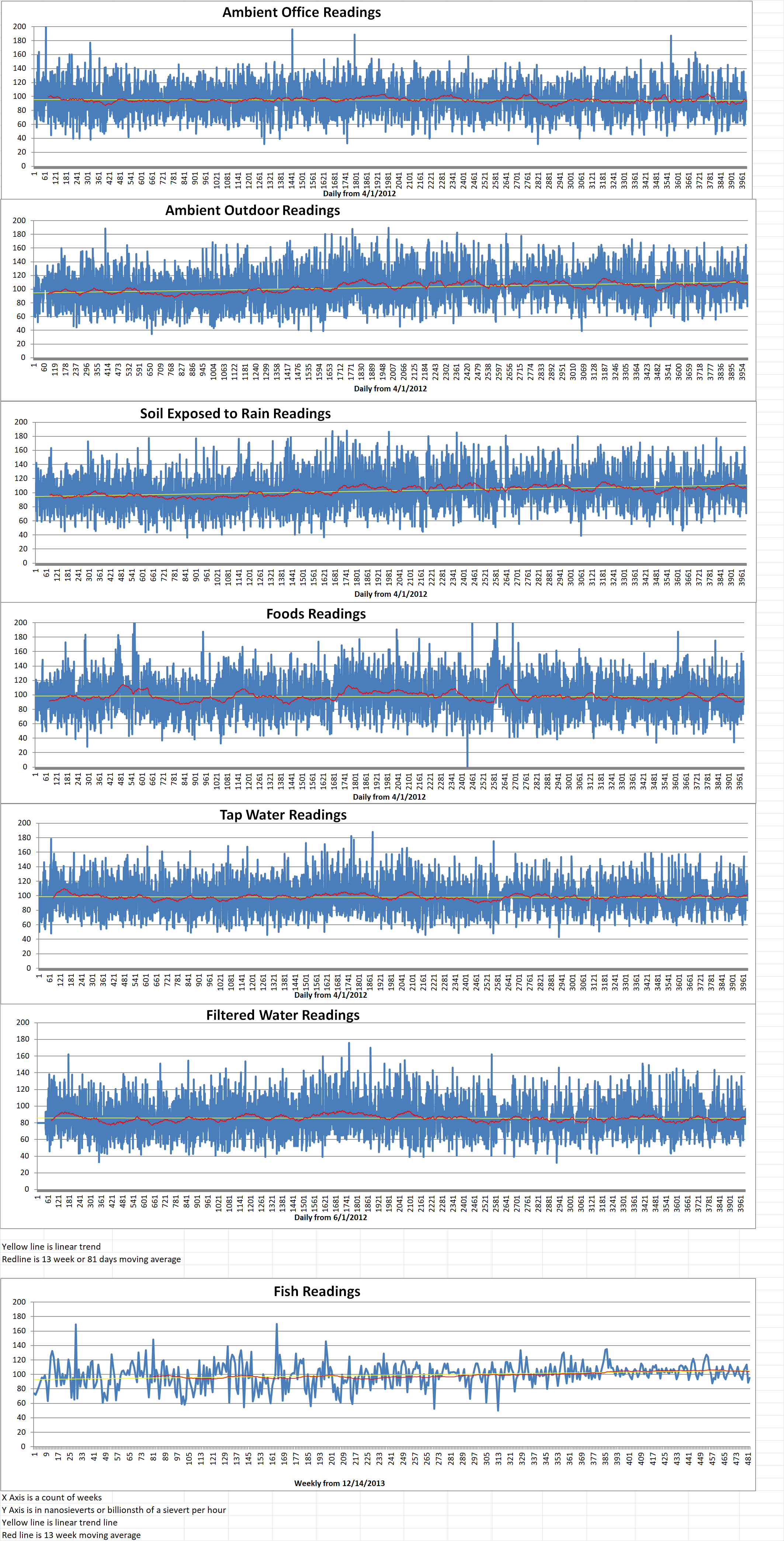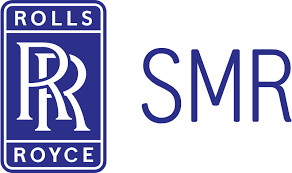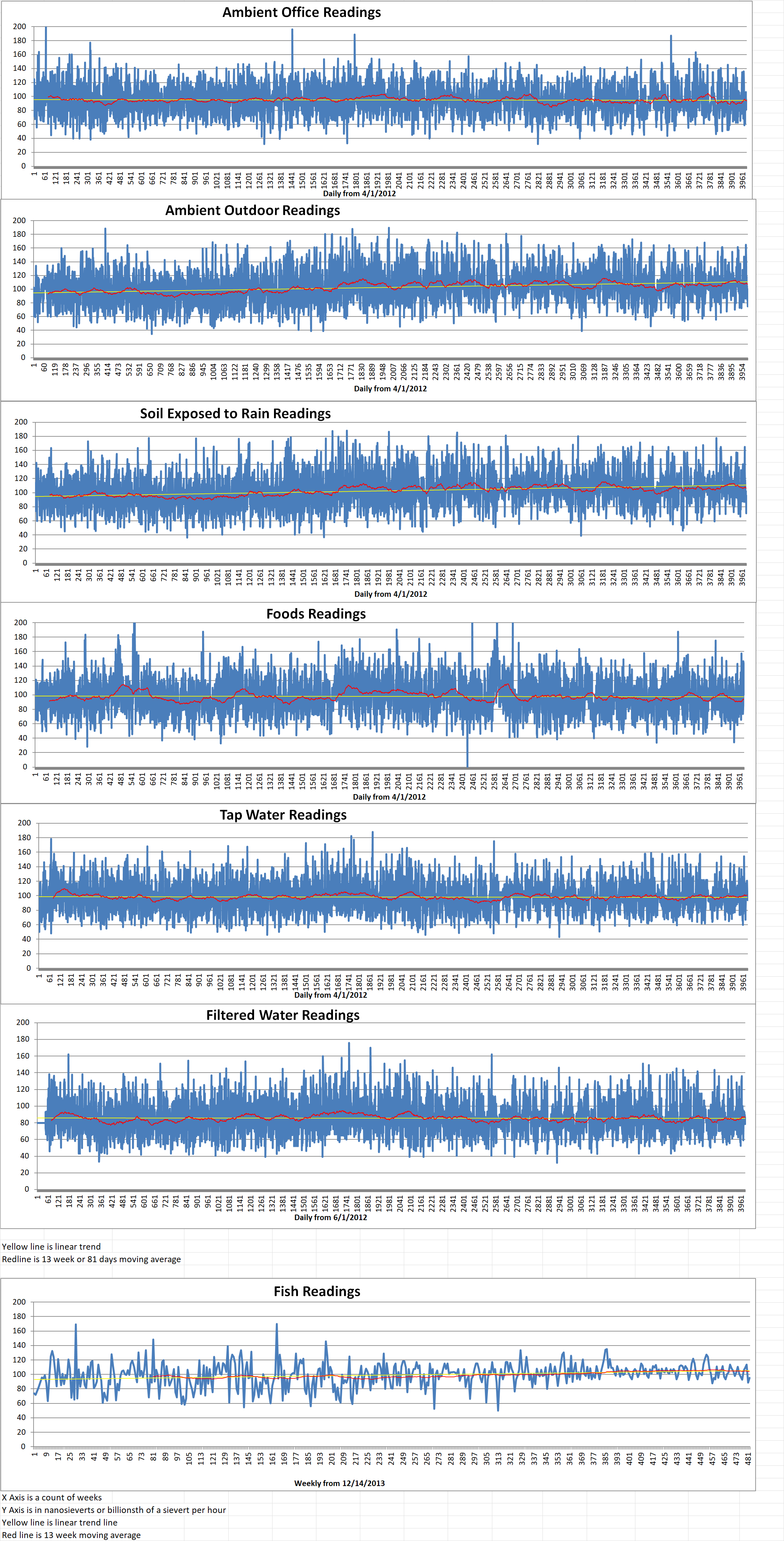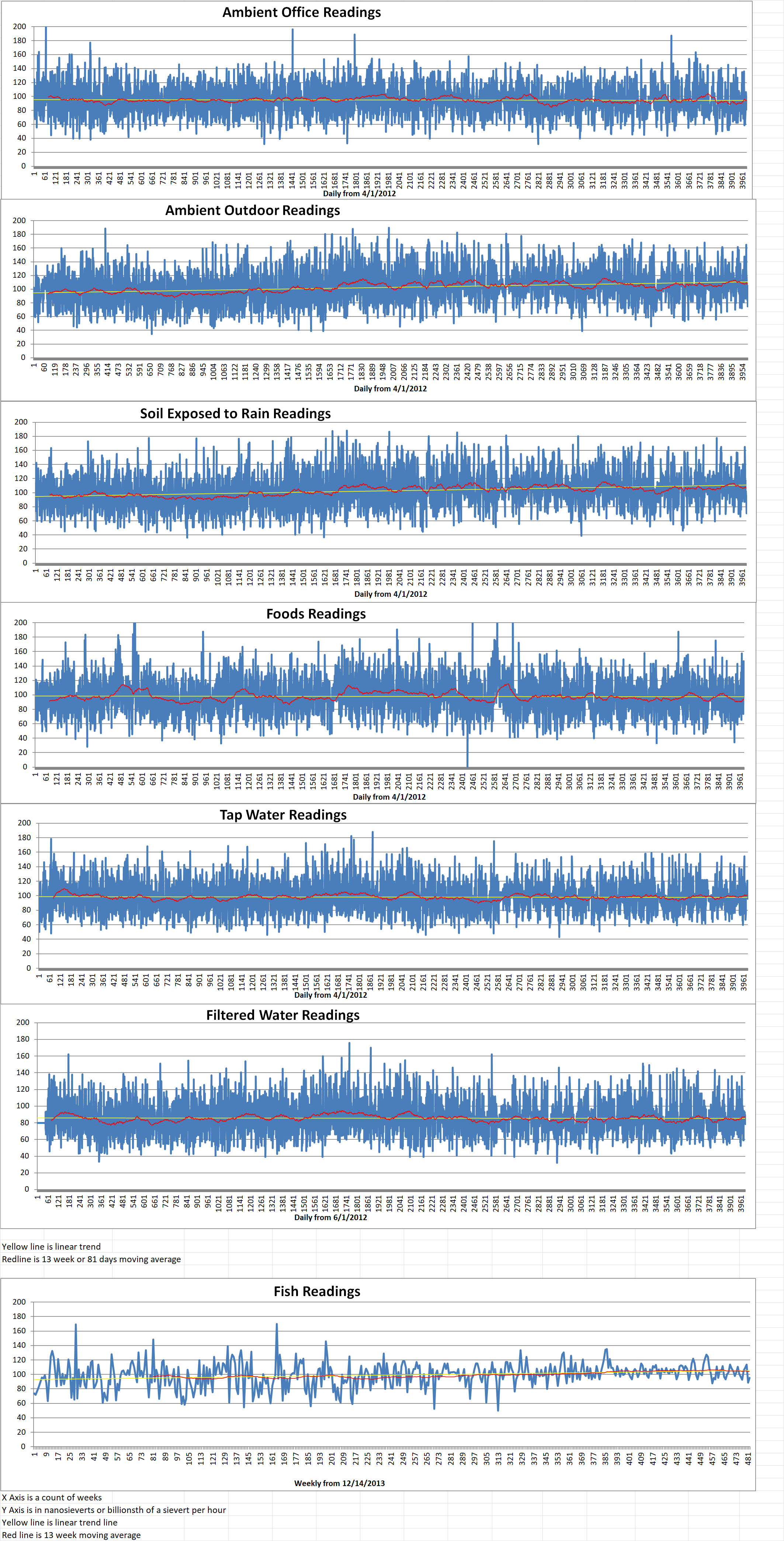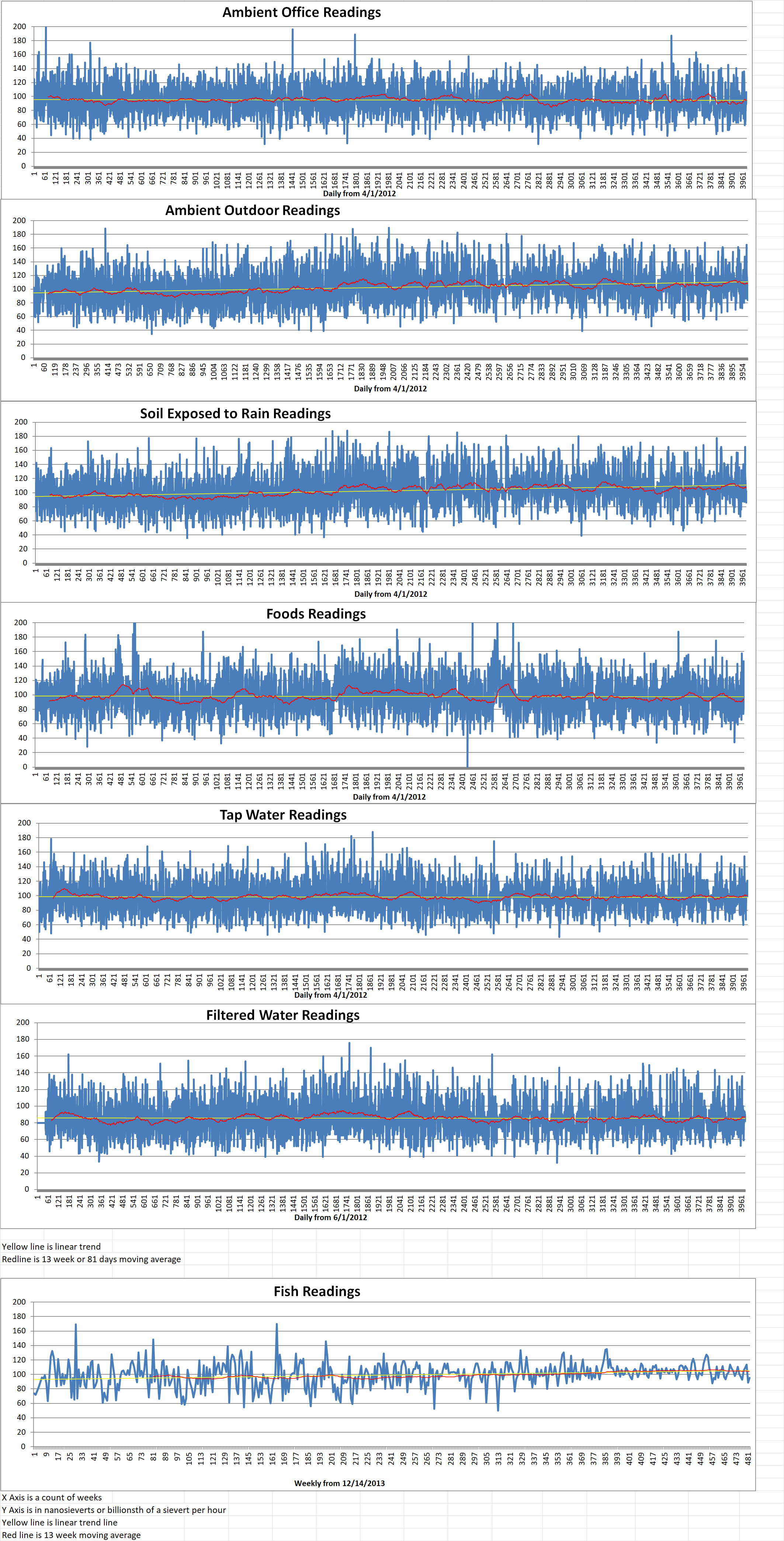Part 4 of 4 Parts, (Please read Parts 1, 2 and 3 first)
Nuclear weapons advocates believe that the U.S. should retain dedicated nuclear bunker buster in order to destroy very deep targets. Former U.S. Air Force Chief of Staff General Norton Schwartz spoke on this topic at an event in 2014 at the Stimson Center think tank in Washington, D.C. He said that the guidance package on the B61-12 nuclear gravity bomb would make it easier to target hardened structures very deep underground. The B61-12’s dial-a-yield feature and tail kit could remove the need for dedicated earth-penetrating or large-yield nukes like the specially designed bunker-busting B61-11 and more powerful B83-1.
Following the collapse of its nuclear deals with other world powers in 2018, Iran has been enhancing its underground nuclear facilities and rapidly advancing its nuclear program in recent years. Iran is now producing enriched uranium close to weapons grade levels. Inspectors recently discovered that Iran had produced uranium particles that were about eighty four percent pure U-235 at the Fordo fuel enrichment plant. This is far above the sixty percent figure claimed by Iran. It is very close to the ninety percent threshold for weapons-grade uranium.
Corinne Kitsell and Götz Schmidt-Bremme are the British and German ambassadors to the IAEA nuclear watchdog respectively. They said, “The full range of findings outlined by the Director General’s report are alarming: Iran continues its unprecedented and grave nuclear escalation.”
According to the head of the IAEA, Iran has sufficient enriched uranium to construct “several” nuclear bombs as of February of this year. All in all, the latest satellite images of Iran’s underground tunnels in the Zagros mountains underscores the U.S. military’s requirement for MOPs, as well as efforts by its adversaries to mitigate the capabilities of those weapons.
Since the Trump administration pulled the U.S. out of the Joint Comprehensive Plan of Action (JCPA) for the monitoring of Iran’s nuclear program, there have been ongoing efforts to either restore the JCPA or create a new program to prevent Iran from creating its own nuclear arsenal. Negotiations with Iran over a new nuclear deal have had their ups and downs since the U.S. pulled out of the deal. Currently, the European powers in the original JCPA, have encouraged and even pressured the U.S. to come to terms with Iran. In the meantime, Iran has been resisting and violating some of the IAEA monitoring programs still in place.
Given the missiles that could reach Israel and the continued belligerent statements against Israel from the Iranian government, Israel has repeatedly said that they would never allow Iran to obtain nuclear weapons. They have said that they will attack Iran if that appears to be imminent, regardless of whether the U.S. approves and joins the attack. Hopefully, some sort of deal can be reached with Iran to halt its progress towards nuclear weapons before there is a need for the bunker busters in the U.S. arsenal.

